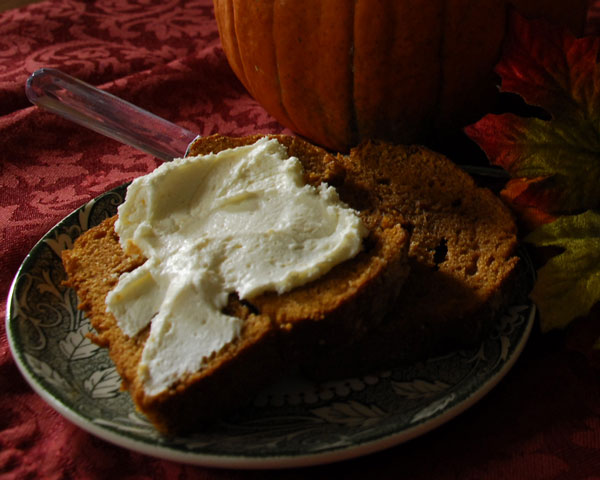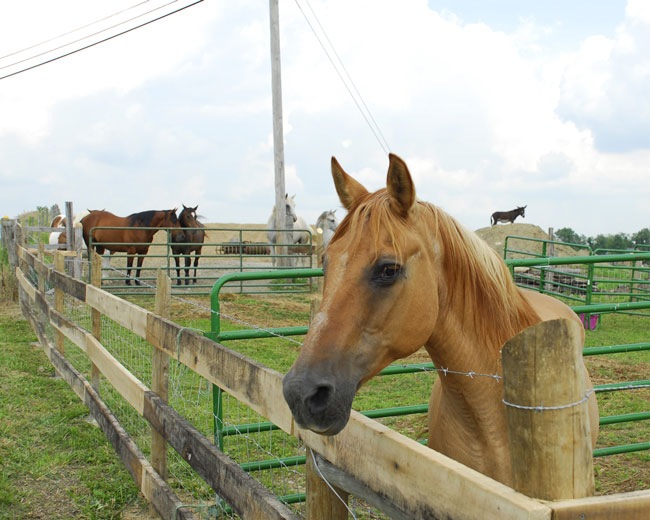Cutting Class for a Cure--Barnesville Middle School Benefit
/MAY 15, 2015 IN GENERAL, TIMES LEADER
(This feature article appeared in the Times Leader on Saturday, May 9.)
BARNESVILLE—“We want to help kids and families with what we’ve been through. We want to give back,” says Alayna Willis, eighth grade. She is one of many students whose life has been affected by cancer, and she and her friends are volunteering time and energy to make Barnesville’s annual “Cutting Class for a Cure” another successful event. This year Friday, May 15 is the big day.
For seven years Barnesville Middle School has held a spring fundraiser with all proceeds donated to the local 3 Cs Cancer Support Group. In 2009 teachers Lori Witchey and Bev McConnell organized “Coins for a Cure” a fund drive that passed coffee cans around classrooms and netted $489.34.
In 2012 Witchey, a cancer survivor who also lost her father to the disease, and McConnell, who lost her husband and a brother to cancer, stepped it up with the first “Cutting Class for a Cure” cancer walk. Their stories provided a connection with students dealing with cancer in their own families and a shared interest in helping local support groups. Students purchased passes to get out of class and spend the periods walking laps in the gymnasium. That year the school raised over $4,000, and each year the “Cutting Class” event has grown.
“It’s always an amazing day,” says Denise Adkins-Leach, Barnesville Middle School language arts teacher. “The whole building is into it.”
Adkins-Leach has taken on the project this year after Witchey’s and McConnell’s retirements. She explains that small events and fundraisers earlier in the year provide seed money for the “Cutting Class” day. For instance, a “Kiss Cancer Goodbye” campaign sold packages of Hershey Kisses for 50 cents to help purchase materials for other “Cutting Class” fundraisers, as did a “March Madness” basketball tournament that raised $400 toward the cause.
Fifth grade math students held a Math-a-Thon to help out. Seventh and eighth graders have been making signs to post throughout the community and in the school. Students have provided feedback and input on ideas for fundraising, activities and designs for signs and t-shirts, according to Adkins-Leach. She commended their hard work and efforts during study halls and learning lab times even around the testing schedule.
“The kids are learning to give back to the community,” Adkins-Leach explains. “That is something that we try to instill in them.”
Students like Willis, Casey Betts and Alle Sinisgalli are gathering family members and other donors to participate in “Cutting Class” and will be helping out during the activities.
“My brother Grayson has been an inspiration,” Willis notes. Grayson, 19, battled cancer most of his life, but is now clear. “He pushes me to do what we can.”
Sinisgalli, also in eighth grade, has been busy making support ribbons, and her group plans to have 1,000 ready to sell. Her mother had cancer when she was pregnant, and her aunt is a cancer patient now.
“I know it was hard for my mother,” she says. “I want to help people going through the same things.”
The cause is important to eighth grader Betts, too. Cancer took both of her grandmothers.
“I’m going to be bringing family members and raise money to help,” Betts adds. “And give people hope.”
Volunteers from 3 Cs Cancer Support Group will also be on hand again this year. Proceeds from this event provide assistance to patients and families not covered by health insurance. This often includes, but is not limited to, wigs for chemotherapy patients, gasoline cards, grocery gift cards, meals and hotel stays during treatments. So far BMS has donated a total of $25,153.10 to the organization from their yearly “Cure” events.
Adkins-Leach says this year’s special guests will include State Senator Lou Gentile, who has visited past “Cutting Class” events, and Stephanie Dodd from the Ohio State Board of Education.
Students and other participants can expect a full day of activities on May 15, beginning at 8 a.m. at Barnesville Middle School, 970 Shamrock Dr. The walk will take place in the gymnasium, as always. This year, in addition, staff and volunteers will be running a corn hole competition, Ultimate Frisbee, a photo booth and a volleyball tournament. Adkins-Leach also notes that some teachers have agreed to be targets in a “pie in the face” event.
There will be a memory and honor wall again, and two t-shirt styles are available for orders now and the day of the event. One is a solid kiwi green for $10 and the other is a tie-dyed Kelly green shirt for $15. Sponsor Ramcat Alley Sportswear in Bellaire has been a big help, according to Adkins-Leach.
Barnesville Middle School student volunteers, from left, Alle Sinisgalli, Casey Betts and Alayna Willis, accept two bicycles donated by Jeremy Detling, third from left, on behalf of Williams Field Services Group and their community support program. The bikes will be raffled as part of BMS’s annual “Cutting Class for a Cure” event to raise money for 3Cs Cancer Support Group.
She points out that many individuals, agencies and businesses have contributed to this event and cause. Some of these include sponsors Barnesville Education Association; Barnesville Athletic Association; the math, language arts, music and social studies departments at BMS; Dairy Queen; Triple B Trucking; Bennoc, Inc.; Allison Starr and Mandi Moore of Premier Jewelry; China One; VFW Post 168; Ohio Hills Health Services; Belmont Savings Bank; Martha Campbell; Eva Lynn; JoAnn Murphy; Dave Barker; Cline Road Custom Cakes; The Styling House; W.J. Plumly Trucking.
South Central Power and Convenient Food Mart are donating some bottled water, hot dogs and buns. Miller’s Bakery and My Pizza Place are donating food for event workers. Adkins-Leach says that food sponsor opportunities are available for Life Water or Gatorade and for sponsorships toward food and beverages for walk participants.
Merchandise and gift cards or gift certificates have been donated by the following contributors, among others, for door prizes and raffle prizes: Cincinnati Bengals; Cincinnati Reds; Washington Wildthings; Wheeling Nailers; Pennsylvania Rebellion; Undo’s; West Texas Roadhouse; Chel’s; J-Mo Meats; WesBanco; Belmont Carson Petroleum; Wendy’s; Reisbeck’s; McDonald’s; Avenues of Barnesville; Barnesville Football Parents; Barnesville Vision Consultants; Save-a-Lot; Braido Memorials; Bill Hunkler Insurance; District Superintendent Randy Lucas; Barnesville Library; Domino’s Pizza. A complete list of donors and sponsors can be seen at the event’s Facebook page, “Barnesville Middle School Cutting Class for a Cure.”
Students will be able to purchase all-day wristbands for $10 to get out of classes for the whole day’s activities. The fee also includes 12 tickets for prize drawings. They also have the option of purchasing tickets for individual class periods and drawings, says Adkins-Leach. Prizes include signed sports memorabilia from the Cincinnati Bengals and The Ohio State University Buckeyes as well as jewelry and an iPod with an iTunes gift card. Contact Adkins-Leach through the school at (740)425-3116 or via the Facebook page regarding prize donations or sponsorships. Cash donations for the 3Cs will be accepted throughout the day of the event. Last year the day’s activities brought in $13,076.36, and Adkins-Leach hopes to reach $14,000 this year.
“Everybody pitches in for this event,” she says. “Everything raised stays local. People give generously because they know where the money is going.”
The students are hoping for a big day this year, too, in support of cancer patients and their families and friends.
“We want to show people that they don’t have to go through this alone,” Sinisgalli adds. “People can be here for them.”













































